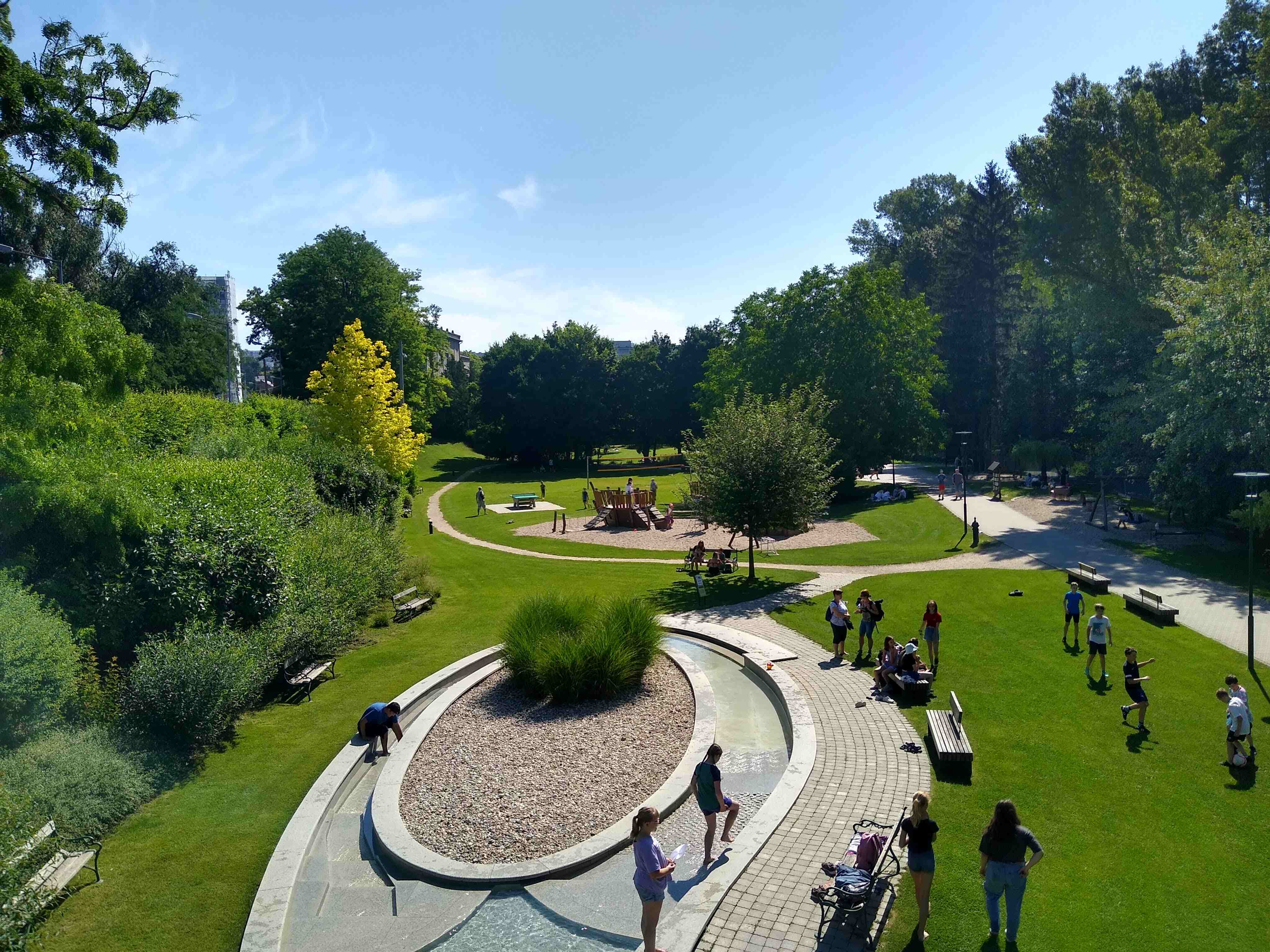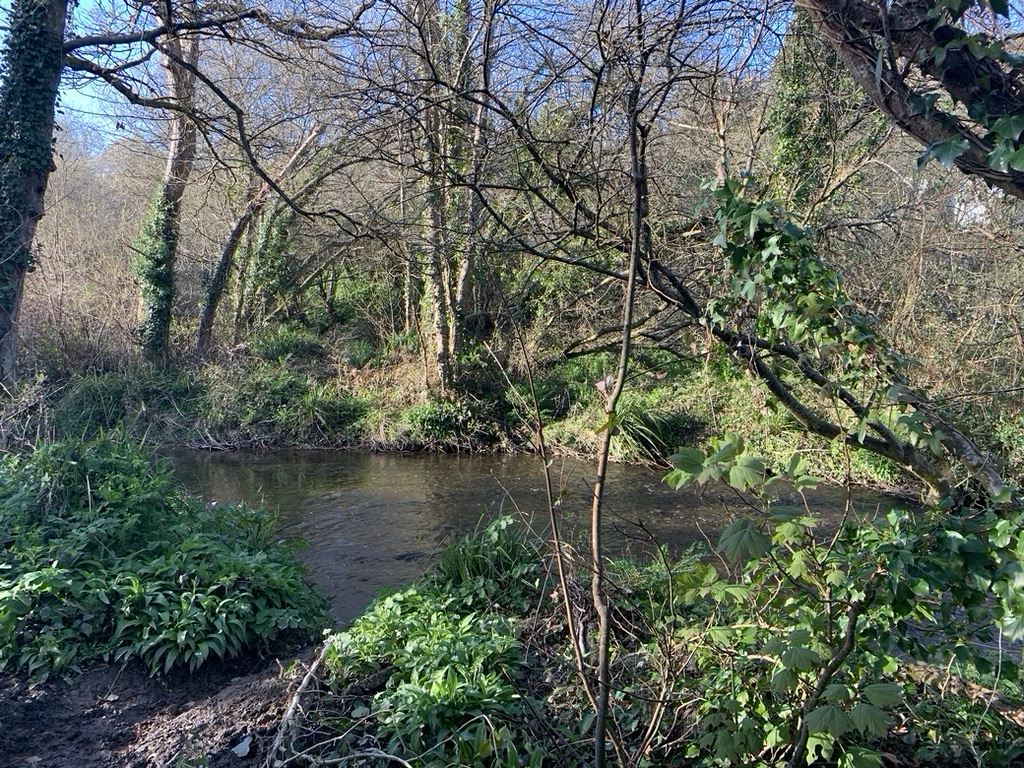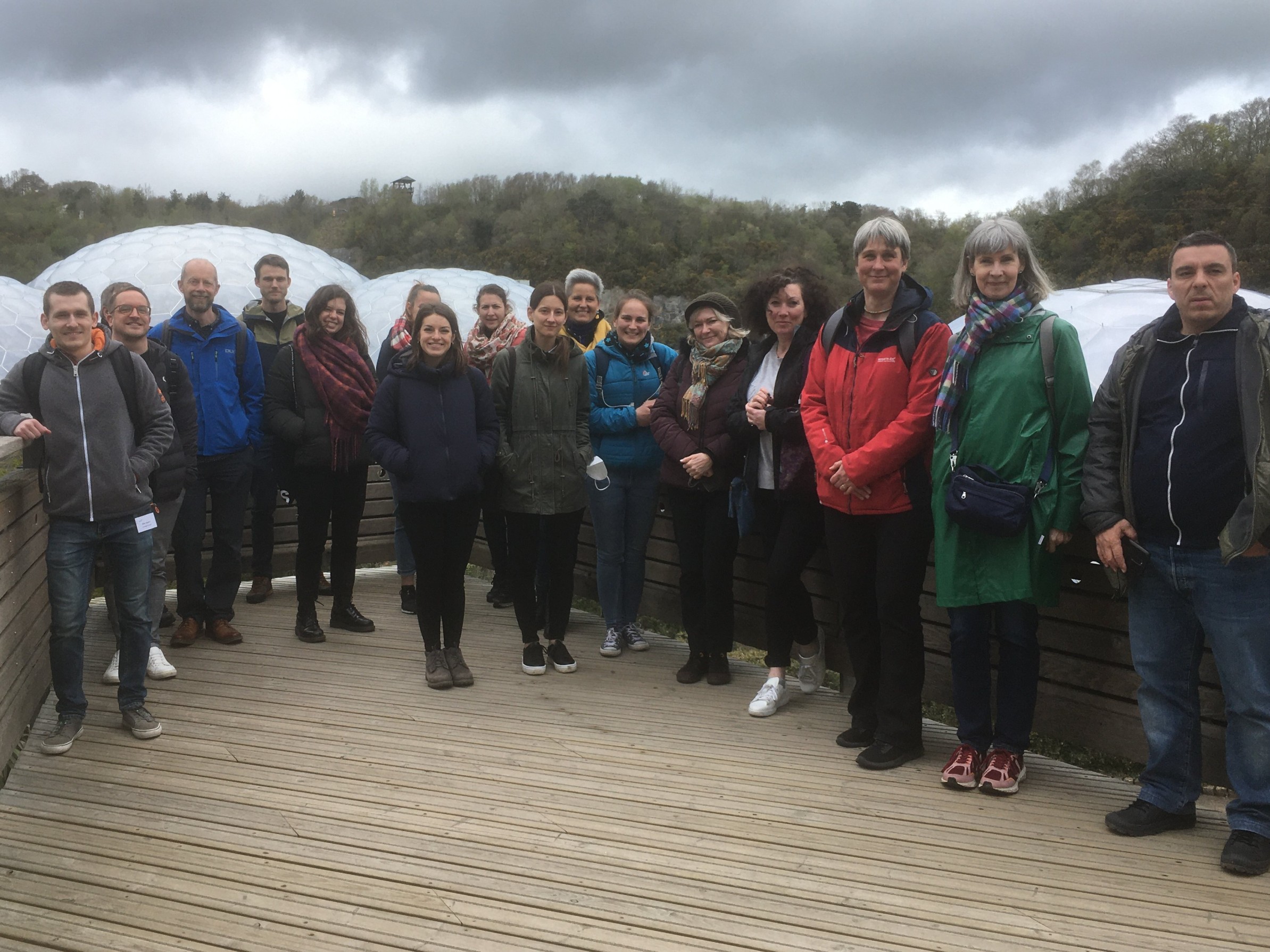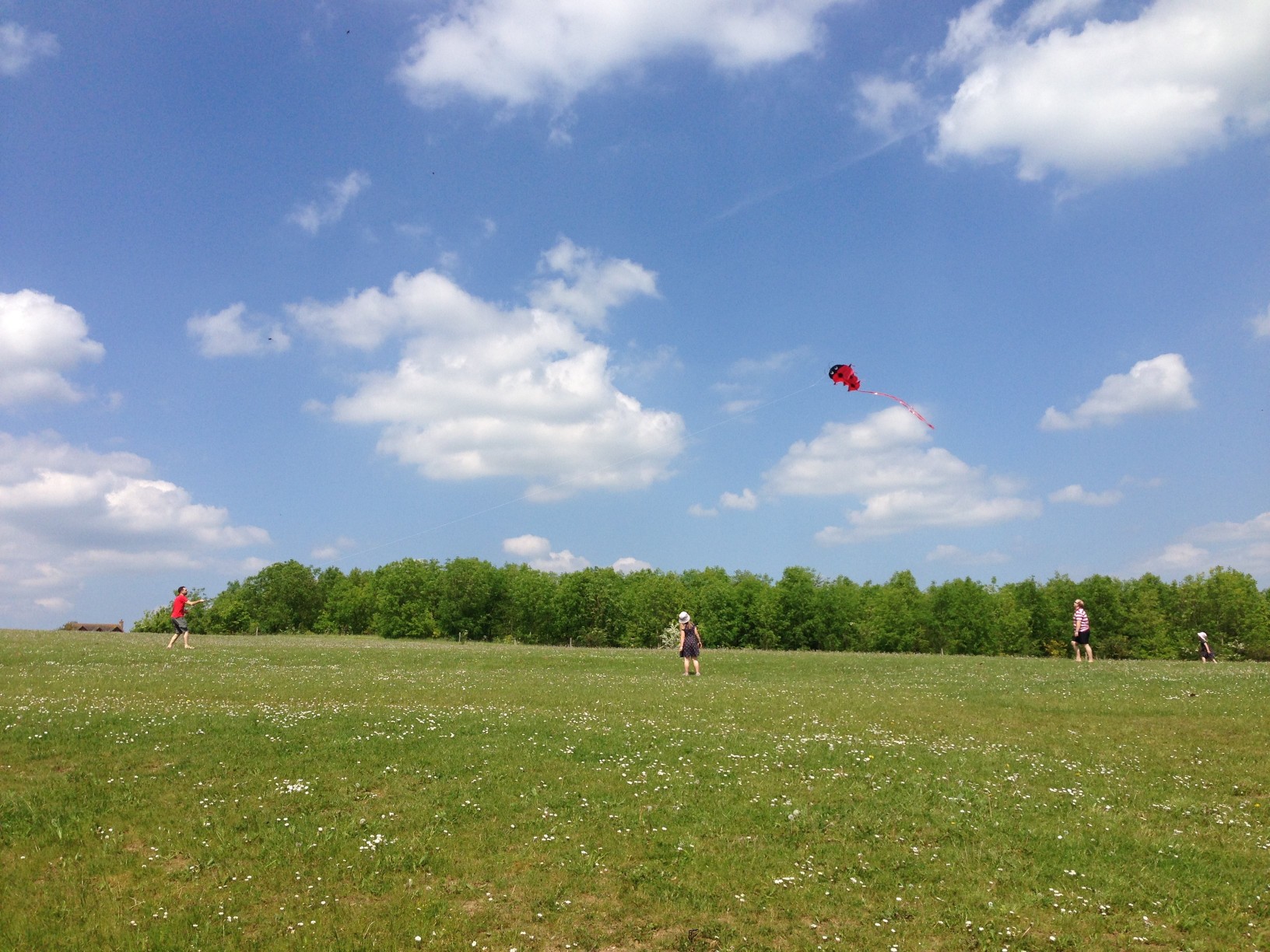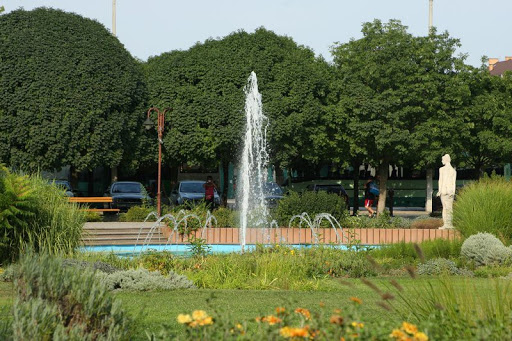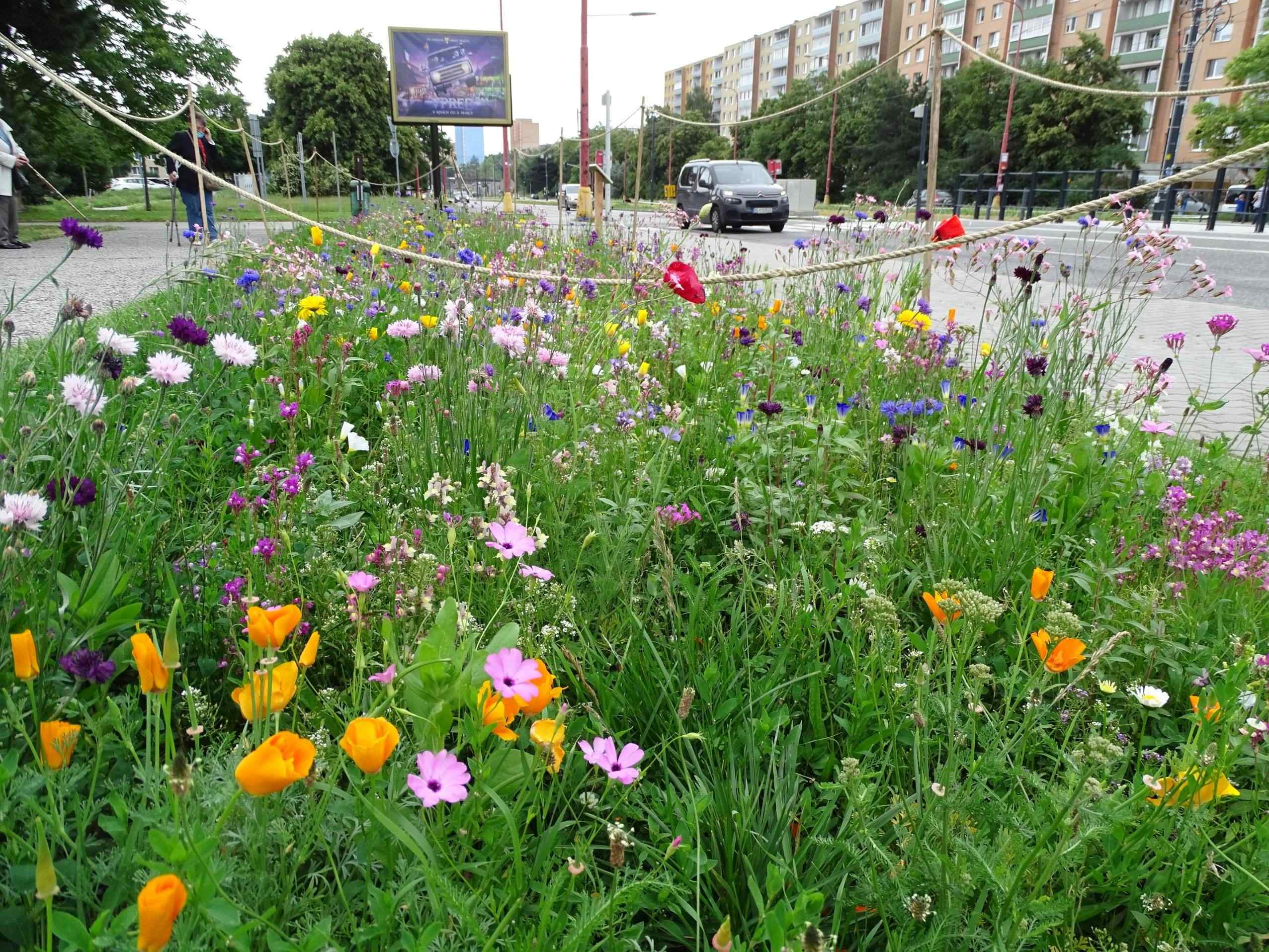Introduction
A new study by the UK Met Office found that climate change is causing the hottest days to become more frequent and the coldest days less so. On average, the hottest day in the UK in each year over the recent 10-year period is 0.8°C warmer than it was when compared to earlier decade. This is a pattern that is apparent across Europe.
Furthermore, the number of ‘tropical’ (>20°C) nights is increasing, which can be particularly dangerous for elderly and vulnerable people as it gives no respite from the heat. In the Ljubljana Urban Region, one of the PERFECT partner areas, there was a pronounced difference in the night-time temperatures between the centre of the city and the outskirts. The outskirts cool off fast at night whereas in the centre the heat is retained in roads, buildings and other infrastructure.
This article brings together some of evidence collected from PERFECT partners about the impact of the extreme heat experienced in summer 2018 and provides some examples of how regions are responding using the positive role that green infrastructure can play in adapting regions of Europe.
Heatwaves and role of green infrastructure at a local level
The heatwave of summer 2018 affected all of the PERFECT partner regions (see Table 1), with significant impacts on people and key infrastructure. For example, in Somogy County, a nuclear power station had to be switched off as the water of the River Danube, which is usually used as a cooling agent for the nuclear reactor, was too warm to work effectively.
Green infrastructure (GI) can offer solutions to adapting regions to extreme weather across Europe, and it has multi-functional positive effects. For example, GI can lower temperatures, provide a shaded space for people to relax and cool down, and can prevent flooding.
Many of the PERFECT partners are planning green infrastructure in their urban areas as a cooling mechanism, and to create shaded areas. For example, Cornwall Council is developing a ‘Canopy Charter’ and is working with the Highways teams to encourage the planning of trees in the landscape and the Government of Styria is funding schemes for greening roofs and façades. 
National and EU legislation
Leadership is required at a national level to help provide the policy and legal framework for regions to adapt to climate change and maximise the use of green infrastructure.
Feedback from PERFECT partners is that currently, EU legislation regarding green infrastructure is mainly focused on environmental protection and biodiversity conservation, but there is not an ‘umbrella sector’ for green infrastructure policy. Although the necessary legislation may exist, it is not prioritised and the focus of resources is on other areas. It may not be that the necessary legislation is hindering green infrastructure implementation, but the focus of resources is on other areas. The PERFECT partners suggest that it would be interesting to discuss the possibility of introducing a “Green Infrastructure Directive” with legally binding goals into European Law. Through PERFECT, the partners are engaging with the European Commission and trying to influence wider EU legislation based on the outcomes of the project.
Conclusion
This article has provided a snapshot of the impacts of the summer heatwave of 2018 in partner regions across Europe in the PERFECT project. The challenge facing each of the partners is to seek to adapt their areas to future extreme weather by maximising the multiple benefits of GI, and to influence policy makers about the return on investment that GI brings.


